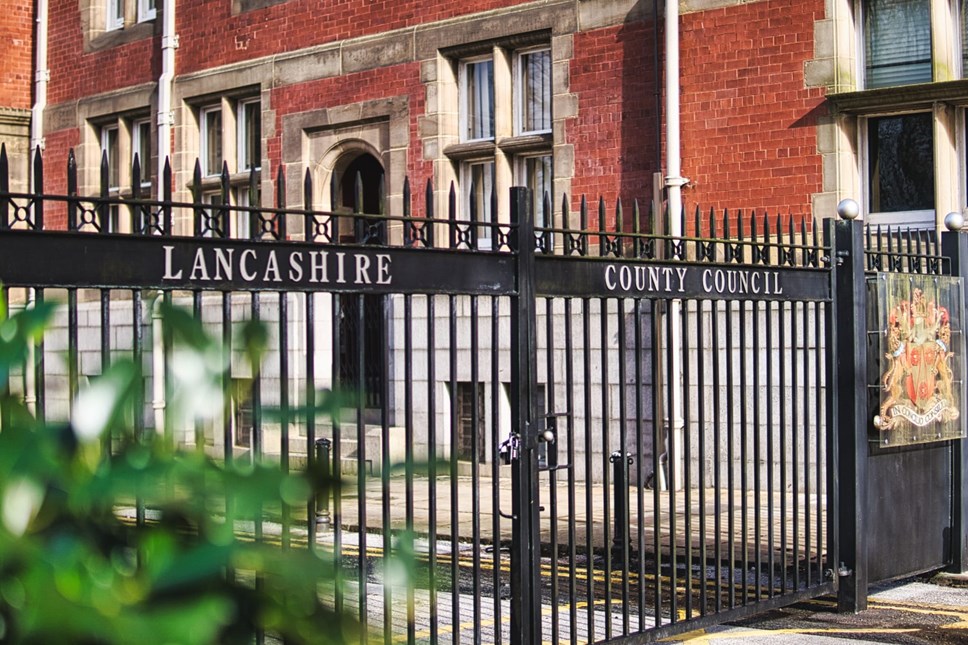
Funding challenges for school places linked to new housing discussed at full council
The challenges facing the county council in funding school places in areas where new housing developments are being created has been raised during a full council meeting.
County Councillor Jayne Rear, cabinet member for education and skills, responding to a question posed about how contributions for education are sought and recovered from district councils via the planning system, explained some of the difficulties facing the county council.
One of the mechanisms for receiving funding is through s106 agreements, which are legal agreements or obligations between local authorities and developers linked to planning permissions.
In Lancashire, district councils act as the planning authority in their respective areas, though the county council does assess planning applications and will request contributions from developers, as a condition for being granted planning permission, to mitigate the impact of their development.
However, the county council has missed out on millions of pounds in developer contributions that have been requested through the planning process.
Cllr Rear told the meeting: “The Department for Education sets out the expectation that housing developers should mitigate the impact of additional housing on education.
“The intention is for local authorities to secure developer contributions toward the costs of providing new school places that may be in the form of either capital and or land.
“We carry out an assessment of the potential impact of development at several stages. This includes engagement with districts and city councils and the development of local plans and master plans and consideration of individual planning applications for housing to determine whether there will be an impact on education infrastructure.”
Cllr Rear explained that, where it is assessed that the development will create demand for extra school places which is greater than those already available, the county council will submit a request to the local planning authority setting out the forecast impact of the proposal. This will include a request for contribution money and or land to mitigate the impact of the proposed development to education infrastructure.
“We are clear that our response should be considered as an objection to the development unless our requests are supported,” Cllr Rear said.
"Since 2017, three quarters of the requests we’ve made to Chorley have not been supported. This totals £6.2 million pounds.
“Preston haven't supported 44% of our requests, amounting to £18 million pounds. And South Ribble have not made a single contribution to the £9-and-a-half million pounds we have requested.
“Remember that's developer contributions that will go towards the cost of lessening demands for new school places in areas of growing demand in our county.”
Since 2017, 358 new school places have been created in Lancashire through developer contributions when planning conditions have been met so far.
This is part of a wider total of more than 2500 new school places that have been created during the same period, which includes projects for 2023.
